About Tanzania Wildlife Safaris
Tanzania, a vibrant and breathtaking country, is home to some of the world’s most exceptional national parks and game reserves. Whether you’re seeking incredible wildlife encounters, stunning landscapes, or rich cultural experiences, Tanzania provides the perfect setting for an adventure of a lifetime.
A safari with Cliff Africa Adventure in Tanzania is a once-in-a-lifetime experience that offers visitors the chance to see some of the most iconic wildlife in the world, such as lions, elephants, zebras, and wildebeest. Tanzania is home to several national parks and game reserves, including the Serengeti National Park, Ngorongoro Conservation Area, and Tarangire National Park, all of which offer different wildlife viewing opportunities. Visitors can choose from a variety of safari options, including traditional vehicle safaris, walking safaris, hot-air balloon safaris, and even cultural tours. Many safari companies also offer luxury camping or lodge accommodations for a more comfortable experience
What wildlife can be found in Tanzania?
The animals commonly seen are zebras, giraffes, elephants, wildebeest, buffaloes, hippos, antelopes, and gazelles. Lions, cheetahs, and leopards are the larger predatory animals found.
How many days do you need for safari in Tanzania?
At least four full days for game drives is usually enough for you to see a good amount of wildlife. Add to this the day of arrival and departure, so the optimal time for your safari is around 6 to 7 days.
The Best Time for Tanzania Safari?
For the Tanzania Wildlife Safaris is from June to October. The wildebeest migration, or the great migration Serengeti, takes place from mid-July to mid-September. The chances of seeing the wildebeest river crossing migration are much higher at this time. The wildebeest calving occurs from mid-January to March. Both of these happen in the Serengeti National Park.
The Busiest Time: From July to March, the parks on the northern circuit are pretty busy.
The Low Season: April and May are the low seasons.
The Best Weather: June through October, when it rarely rains.
The Worst Weather: The worst time for Tanzania wildlife safaris is during the rainy season during March and April.
POPULAR ATTRACTIONS IN TANZANIA
One of the most popular safari routes in Tanzania is the Northern Safari Circuit, which showcases the country’s extraordinary biodiversity and natural beauty. This iconic route includes:
Serengeti National Park – Serengeti National Park, located in northern Tanzania, is one of Africa's most iconic and renowned wildlife destinations. Covering approximately 14,750 square kilometers, it is famous for its vast, rolling plains that seem to stretch endlessly under the African sky. The Serengeti is home to a staggering variety of wildlife, including the "Big Five" – lions, elephants, buffaloes, leopards, and rhinoceros – as well as cheetahs, giraffes, zebras, and wildebeest. It is perhaps most famous for the Great Migration, where over 1.5 million wildebeest, along with hundreds of thousands of zebras and gazelles, move across the plains in search of fresh grazing, a phenomenon that draws visitors from around the world. The park is also known for its excellent year-round game viewing, with predators such as lions, leopards, and cheetahs thriving in the area. The Serengeti’s diverse ecosystems, ranging from open plains to wooded areas, provide a habitat for numerous bird species, making it a birdwatcher's paradise. The Serengeti is also a UNESCO World Heritage Site, recognized for its natural beauty and significance in wildlife conservation. Visitors can enjoy day and night safaris, offering different perspectives of the park's dynamic landscape. Serengeti’s rich cultural history is also part of its charm, as the Maasai people have historically coexisted with the land and wildlife. The park offers a variety of luxury lodges, tented camps, and mobile camps, providing accommodation for all types of travelers.
Ngorongoro Crater – The Ngorongoro Conservation Area (NCA) is one of the most unique and spectacular places on earth, often referred to as the "Eighth Wonder of the World." Spanning 8,292 square kilometers, the NCA is home to the world-famous Ngorongoro Crater, a massive volcanic caldera that is teeming with wildlife. The crater floor, with its high concentration of animals, including lions, elephants, buffaloes, and rhinos, is one of the best places for game viewing in Africa. It is often described as a natural zoo, where wildlife is visible in abundance against a stunning backdrop of towering crater walls. The NCA is a UNESCO World Heritage Site, not only because of its natural beauty but also due to its rich cultural significance. The Maasai people have lived alongside the wildlife here for centuries, practicing traditional pastoralism while coexisting with the diverse ecosystems. In addition to the crater, the NCA also includes diverse landscapes, such as highland forests, grasslands, and the Ngorongoro Highlands, offering visitors an array of wildlife experiences. Visitors can also explore the Olduvai Gorge, a prehistoric site where some of the earliest human remains and evidence of early hominids were discovered, adding a historical dimension to the area. The NCA is also home to a range of birdlife, from ostriches to highland species, and its varied ecosystems support unique flora and fauna. The Ngorongoro Crater is particularly renowned for its year-round game viewing, making it an essential destination on a northern Tanzania safari. With a range of accommodations, from luxury lodges to campsites, the Ngorongoro Conservation Area offers visitors a chance to immerse themselves in the natural wonders of this exceptional landscape.
Lake Manyara National Park – Lake Manyara National Park, located in the Great Rift Valley, is one of Tanzania’s smallest but most diverse parks. Covering 330 square kilometers, the park is famous for its stunning scenery, including the striking escarpment of the Rift Valley and the alkaline Lake Manyara itself, which is often home to large flocks of flamingos and other water birds. The park is renowned for its diverse ecosystems, including wetlands, dense forests, and open woodlands, offering an abundance of wildlife, including elephants, giraffes, zebras, and impalas. Lake Manyara is famous for its tree-climbing lions, a unique behavior that is still a subject of intrigue for researchers and safari-goers alike. Bird watching enthusiasts will find a paradise here, with over 400 bird species recorded, making it one of the best birding destinations in Tanzania. The park is also known for its large populations of baboons and vervet monkeys, often seen interacting in the forested areas. The park’s proximity to the Ngorongoro Crater and Serengeti makes it an excellent stop on a Northern Circuit safari. The landscape of Lake Manyara, with its stunning views over the lake and the escarpment, offers perfect photo opportunities. Visitors can also explore the park’s hot springs and diverse vegetation, which add to its charm. With a range of accommodation options, including lodges with breathtaking views of the lake, Lake Manyara provides a tranquil and scenic stopover for travelers exploring Tanzania’s northern parks.
Tarangire National Park – Tarangire National Park, located in the northern part of Tanzania, is known for its striking landscape and incredible wildlife experiences. It is the sixth-largest national park in Tanzania, covering 2,850 square kilometers, and is famed for its large herds of elephants. Tarangire's unique terrain includes savannah, acacia woodlands, and dense forests, and is dominated by the Tarangire River, which attracts vast numbers of animals, especially during the dry season. The park is also home to an impressive variety of bird species, including the endangered yellow-collared lovebird. Tarangire’s diversity in habitats allows for sightings of different species, from herds of wildebeest and zebra to elusive predators like lions and leopards. It is also a haven for giraffes, buffalo, and antelope, providing visitors with the opportunity to see these animals up close. The dry season, from June to October, is particularly rewarding for game viewing, as animals congregate around the Tarangire River in large numbers. Tarangire is also known for its massive baobab trees, whose twisted and ancient forms create a stunning and unique backdrop for wildlife photography. The park is less crowded than other parts of northern Tanzania, offering a more tranquil and intimate safari experience. With a range of accommodations, from rustic campsites to luxurious lodges, Tarangire is an excellent option for those seeking a quieter, yet equally captivating, safari adventure.
Arusha National Park –
Arusha National Park, located in the northern part of Tanzania, is a hidden gem that often surprises visitors with its diversity and beauty. Covering 137 square kilometers, it is one of the smaller parks in Tanzania, but its landscapes are incredibly varied, ranging from lush rainforests to open savannah and alpine meadows. One of the park’s most remarkable features is Mount Meru, the second-highest peak in Tanzania, which towers over the park and offers stunning views. The park is also home to the Ngurdoto Crater, a smaller but equally captivating caldera that is surrounded by a dense forest and provides a unique habitat for a variety of wildlife. Arusha National Park is known for its rich biodiversity, with species such as giraffes, buffalo, zebra, and various primates like black-and-white colobus monkeys and baboons. The park’s forested areas are also home to a wide range of bird species, making it an excellent destination for birdwatching. The combination of forest, savannah, and highland ecosystems allows for a variety of safari experiences, from walking safaris in the forest to game drives in the open plains. Arusha is a popular spot for those seeking a less crowded park with stunning natural beauty and close proximity to the town of Arusha, which serves as a gateway to northern Tanzania’s famous parks. The park is also known for its versatility, offering opportunities for hiking, birdwatching, and wildlife observation all in one place. Accommodations in the park range from lodges to campsites, allowing visitors to enjoy the peaceful surroundings and engage in activities such as canoeing on the park's small lakes. Arusha National Park’s diversity, combined with its accessibility, makes it a fantastic introduction to Tanzania’s natural wonders.
Lake Eyasi – a remote and lesser-visited area where you can experience the traditional lifestyles of the Hadza and Datoga tribes.
Mount Kilimanjaro – Africa’s tallest peak, offering an opportunity for trekkers to conquer the famous mountain or simply admire its beauty from below.
Each of these locations offers a unique perspective on the diverse ecosystems and wildlife of Tanzania, making the Northern Safari Circuit the ideal choice for those seeking an all-encompassing African adventure.
Popular wildlife Safaris Itineraries

2 Days Safari
Tarangire National Park | Lake Manyara
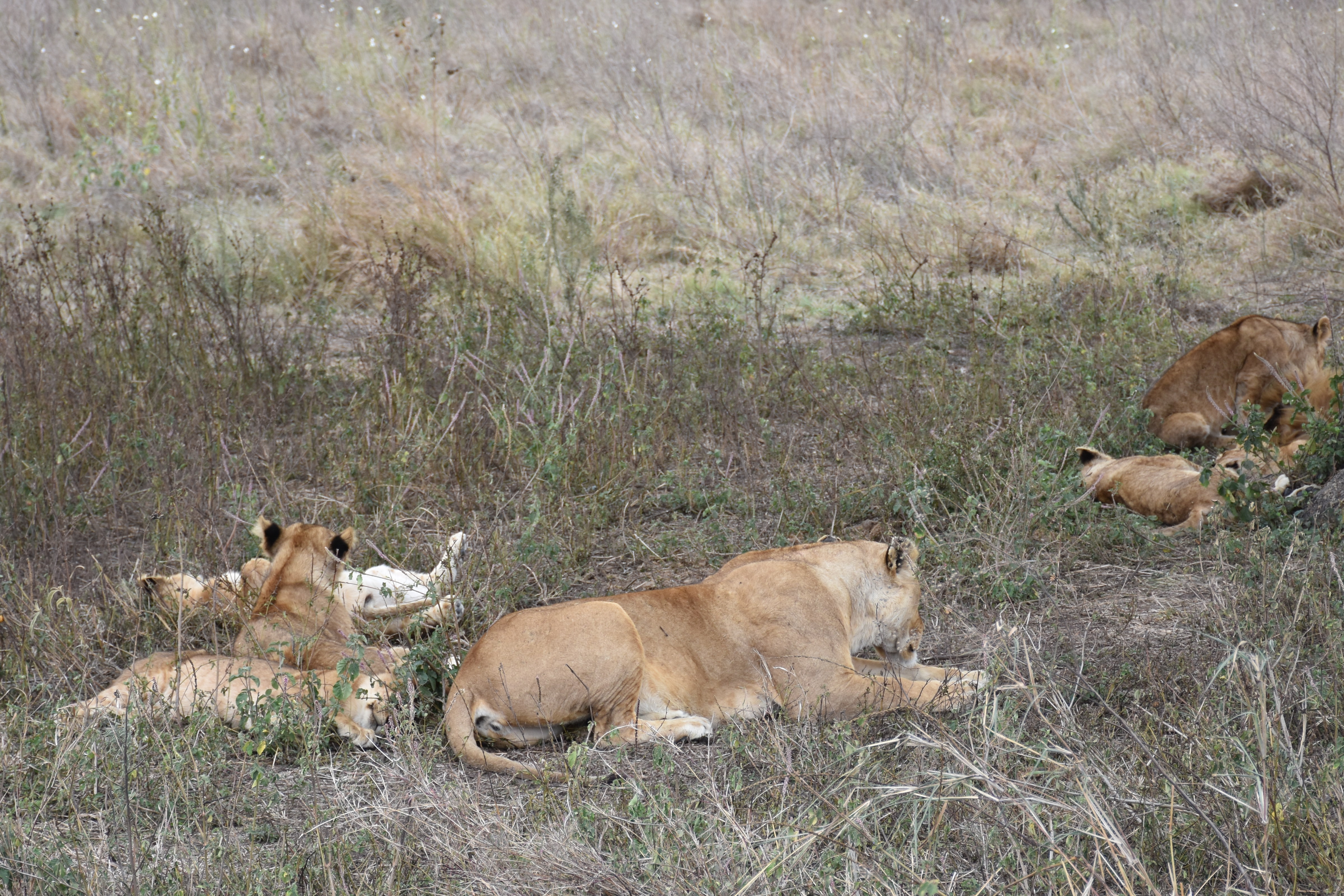
3 Days Safari
Tarangire | Ngorongoro | Manyara
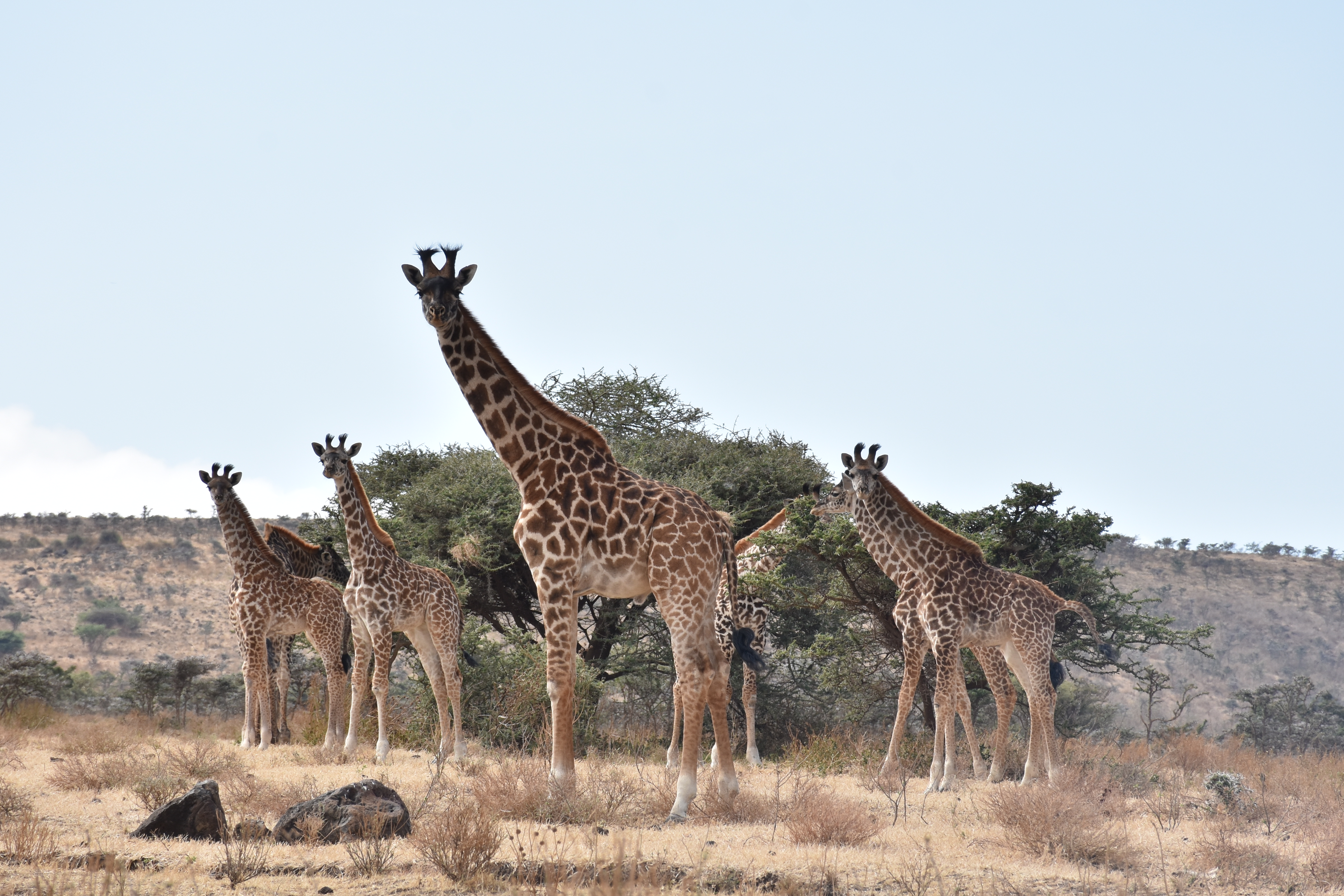
4 Days Safari
Lake Manyara | Serengeti | Ngorongoro
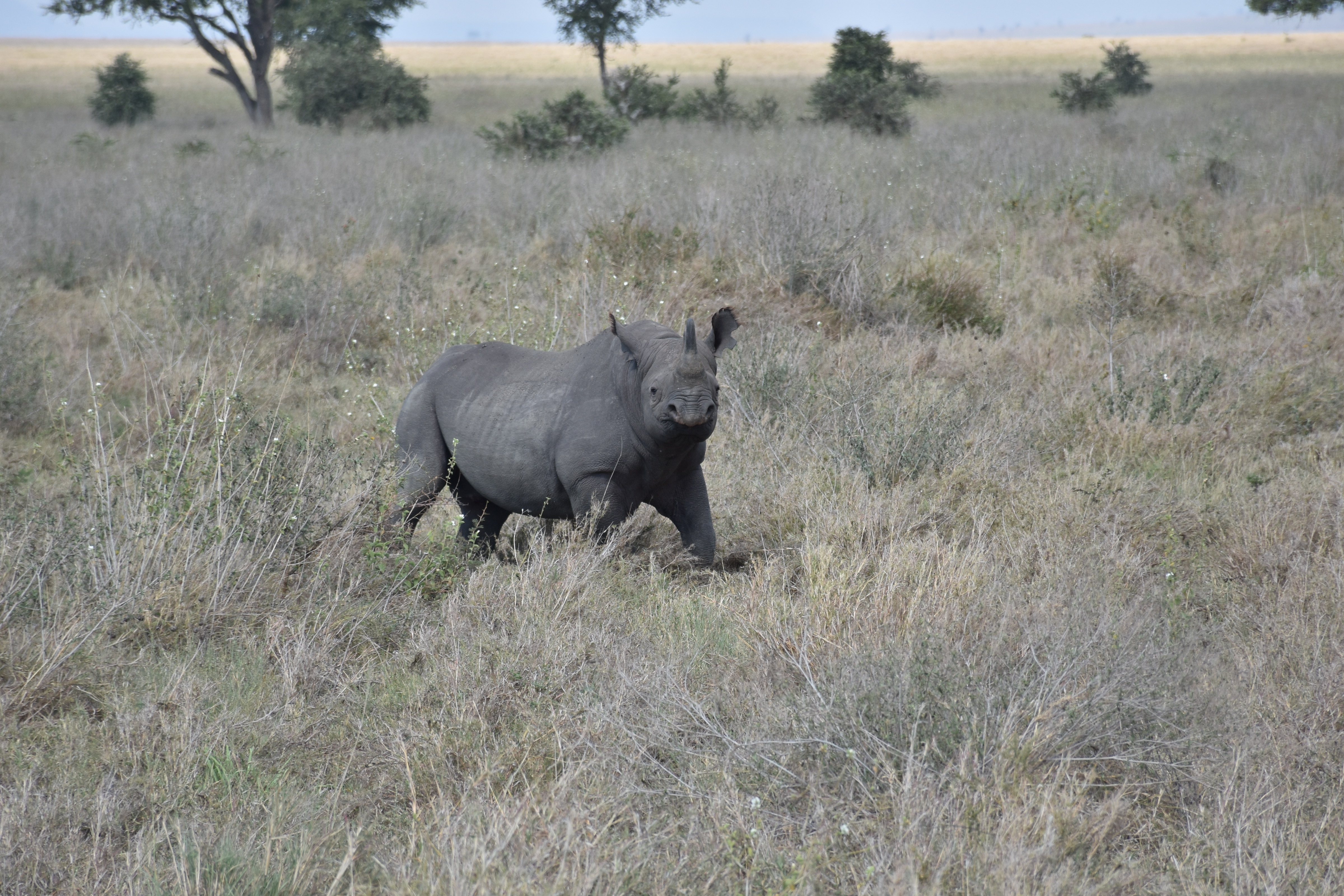
5 Days Safari
Lake Manyara | Serengeti | Ngorongoro
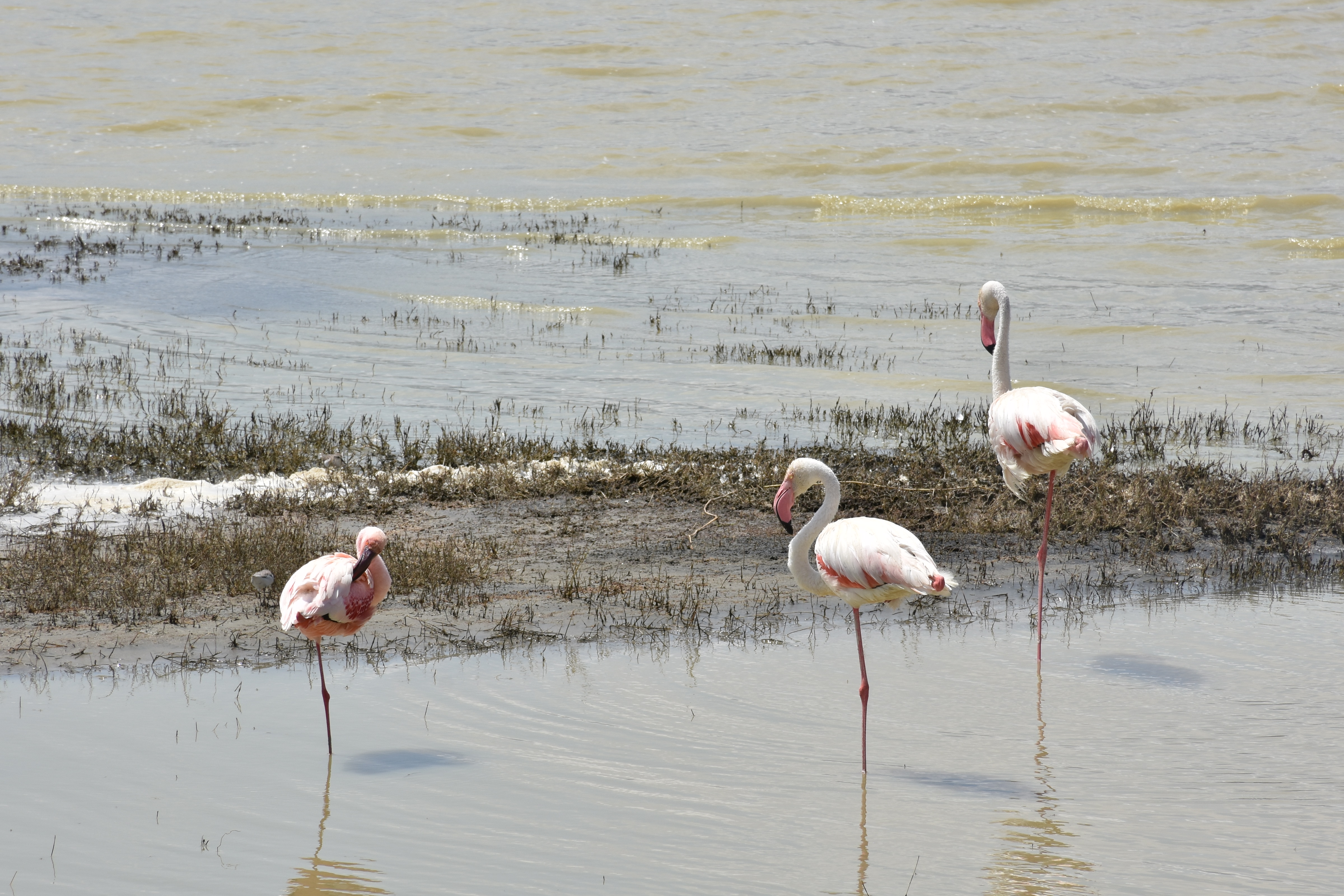
6 Days Safari
Tarangire | Manyara | Serengeti | Ngorongoro
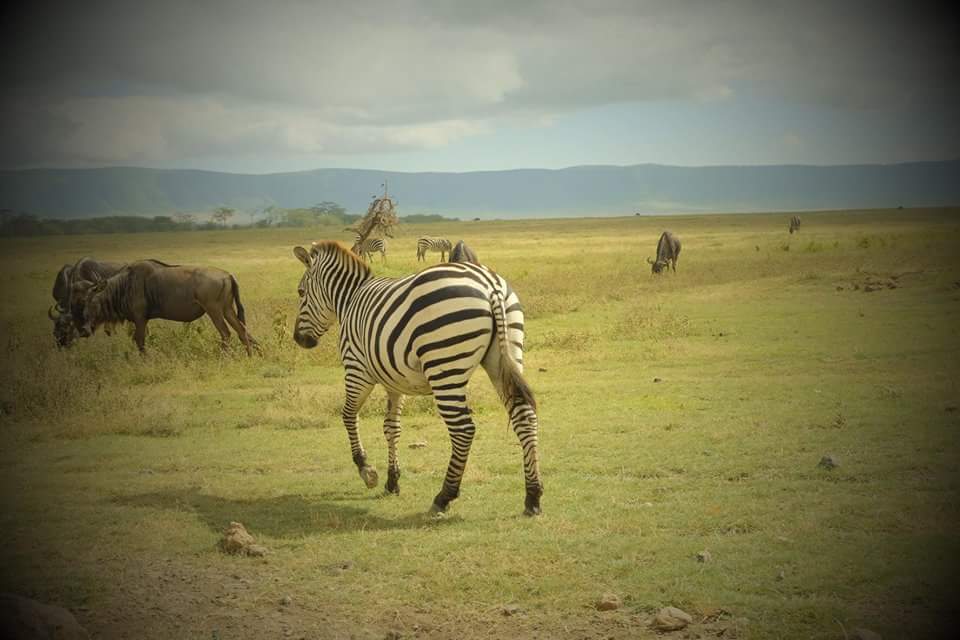
7 Days Safari
Arusha | Tarangire | Lake Manyara | Ngorongoro | Serengeti